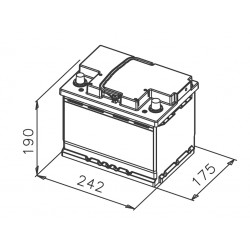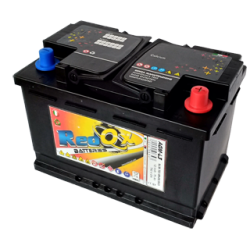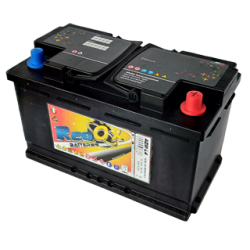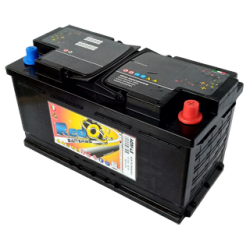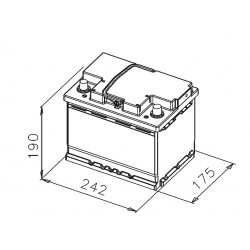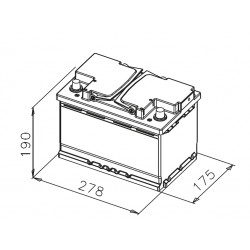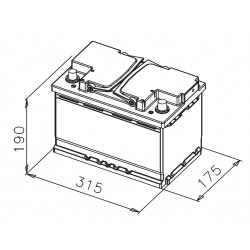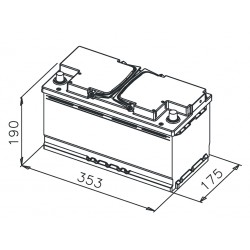Start & Stop
Cars equipped with the Start & Stop system require higher energy support than traditional batteries.
Technology offers us the solution: AGM batteries and EFB (or AFB) batteries.
The difference between an AGM (Absorbent Glass Mat) battery and an EFB (Enhanced Flooded Battery) battery is in the amount of energy they can store and in the resistance to charging cycles they undergo.
EFB batteries withstand twice as many charge cycles as traditional lead-acid batteries;
AGM with three times as many charge cycles as a normal battery.
It is not possible to carry out a downgrade replacement, even in an emergency, while an upgrade is always possible.
Subcategories
-
AGM Tech
Dedicated to the most performing and modern vehicles, AGM technology allows the acid to be immobilized inside the separators while making it available for the plates. Since the plates are very compact, the vibration resistance is better than standard batteries and even in extreme conditions, it offers excellent performance and excellent resistance to charge and discharge cycles.
Furthermore, the self-discharge of these batteries is very low (less than 3% per month), but above all, being built in such a way that it cannot be opened, the AGM battery is maintenance-free.
N.B. = AGM batteries for Start & Stop applications must be replaced with batteries of the same technology (AGM). -
EFB Tech
In addition to AGM technology, there is another type of battery: the EFB (or AFB) series, the acronym of the definition Enhanced (or Advanced) Flooded Battery, a free acid battery with lead-calcium plates reinforced and resistant to the continuous starting required.
In queues or at traffic lights, EFB batteries supply power to all electrical components when the engine is off and reliably ensure the vehicle can be restarted.
N.B. = EFB batteries for Start & Stop applications must be replaced with batteries of the same technology (EFB) or higher (AGM).

